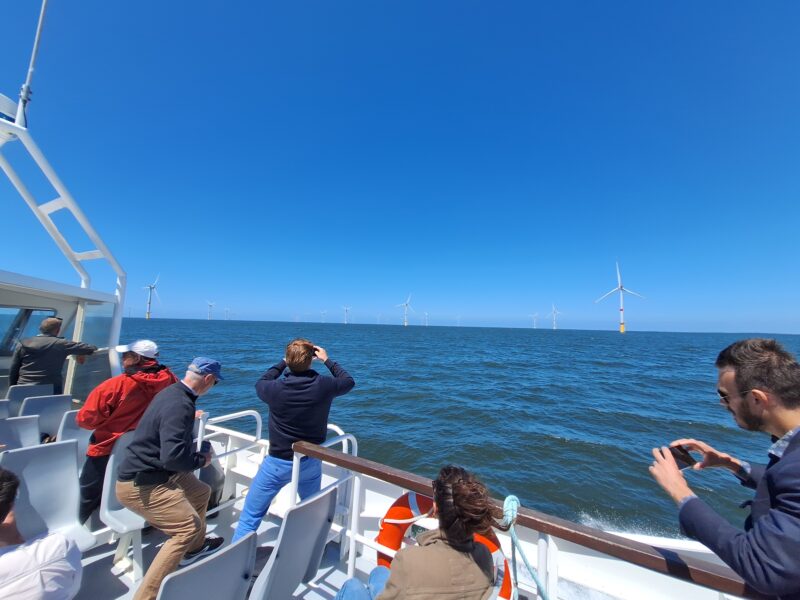GeM is a world-renowned civil engineering research institute based in Nantes, western France. Its specialisms today include marine renewable energy. As its unique remote condition monitoring platform for offshore structures opens, Franck Schoefs, GeM representative and marine renewables adviser to the dean of Université de Nantes, explains what it is all about.
What skills and expertise do GeM and your team bring to the table?
“GeM brings together some 200 research staff who work essentially in structural and materials analysis across a range of sectors including aeronautics, shipbuilding, and automotive. For the marine renewables sector, we work on structural modelling for subsea cable structures, wind turbine monitoring and durability, and marine growth on these structures. My team specialises in the remote structural health monitoring of these structures and marine growth*. Only a handful of teams across the world work on the latter. And in France we’re one of just 3 or 4 teams involved in monitoring. Every year we file an average of two patents that almost always end up as industrial applications.”
What new test facilities will be available in 2020?
“Our test platform is located in two places. One part is a multi-parametric sensor buoy known as Basse Michaud which is moored 7 km off the coast at Le Croisic. The second part will be operational this year and will be housed at the Faculté des Sciences et Techniques. The aim is to conduct lab simulations of the marine environment and then to compare the results with the data from the buoy operating in real-life conditions. This will be pivotal for the fast-changing marine renewables sector that requires remote monitoring solutions. Our endeavours focus on sensor integration, material degradation chains, measurement and structural health, as well as the effects of marine growth.”
How do you with industry?
“We work closely with industry when conducting discovery research as it allows us to gain a better understanding of the challenges at large. This is often carried out as part of simple partnership projects with just one business involved. Such partners include FMGC foundry that designs and manufactures shells for subsea cables, and Keops Automation that designs decision-support systems to monitor structural health. We also work on projects involving bigger firms such as Navale Energies, Chantiers de l’Atlantique, RTE and EDF.”
What do you hope from Seanergy?
“For us, Seanergy provides the opportunity to showcase our new test facilities, meet industry players and gain insights into the challenges of the next 3 to 10 years. This will allow us to steer our research to meet these challenges head on.”
Learn more gem.ec-nantes.fr ; univ-nantes.fr/emr (in French only)
*Marine growth on offshore and subsea structures can have a detrimental effect on performance.
